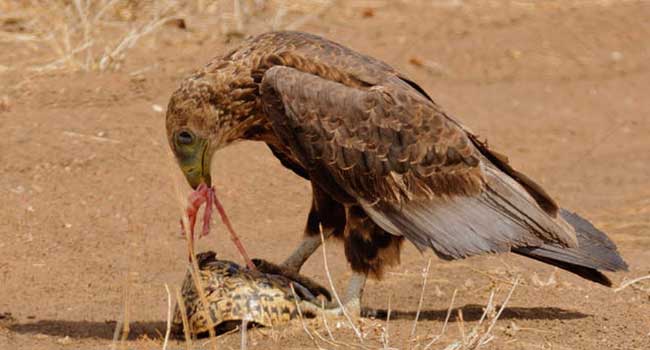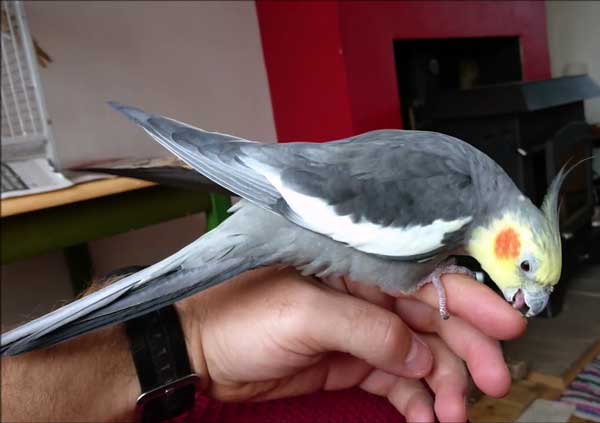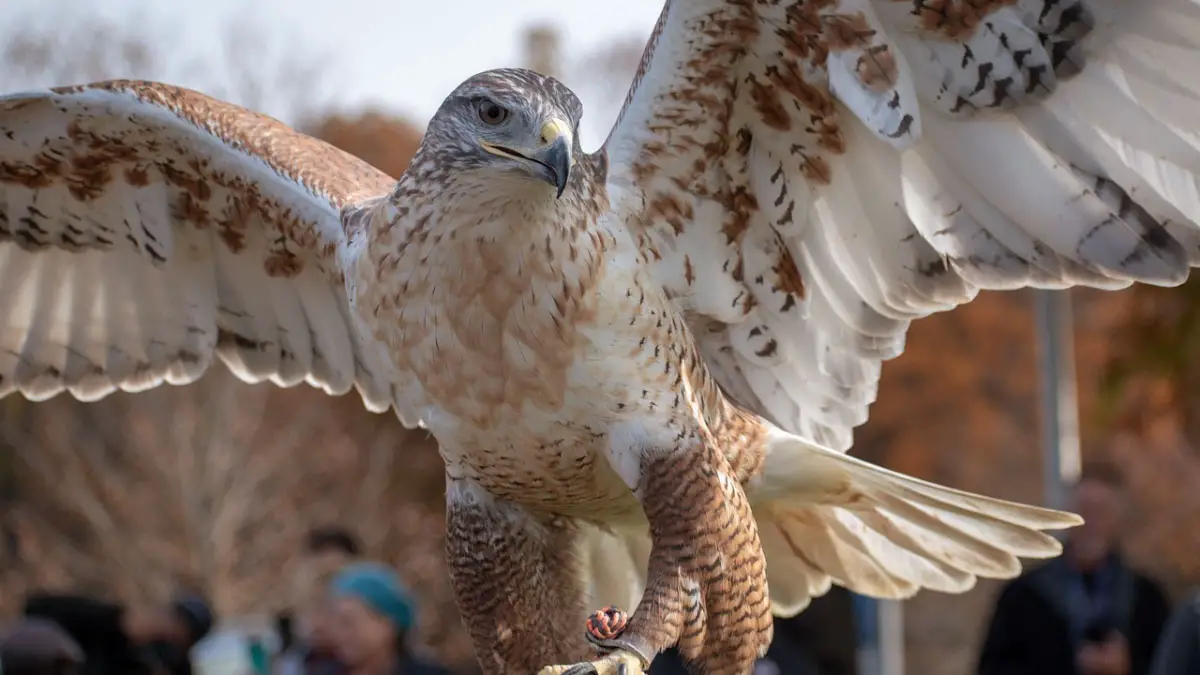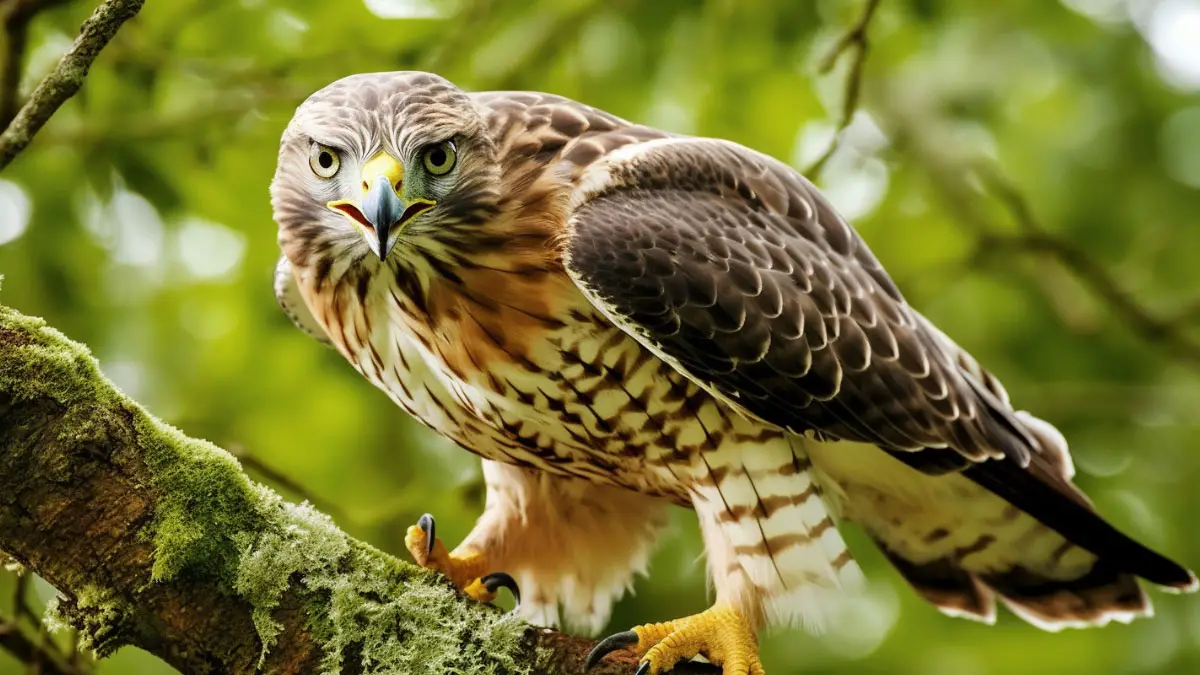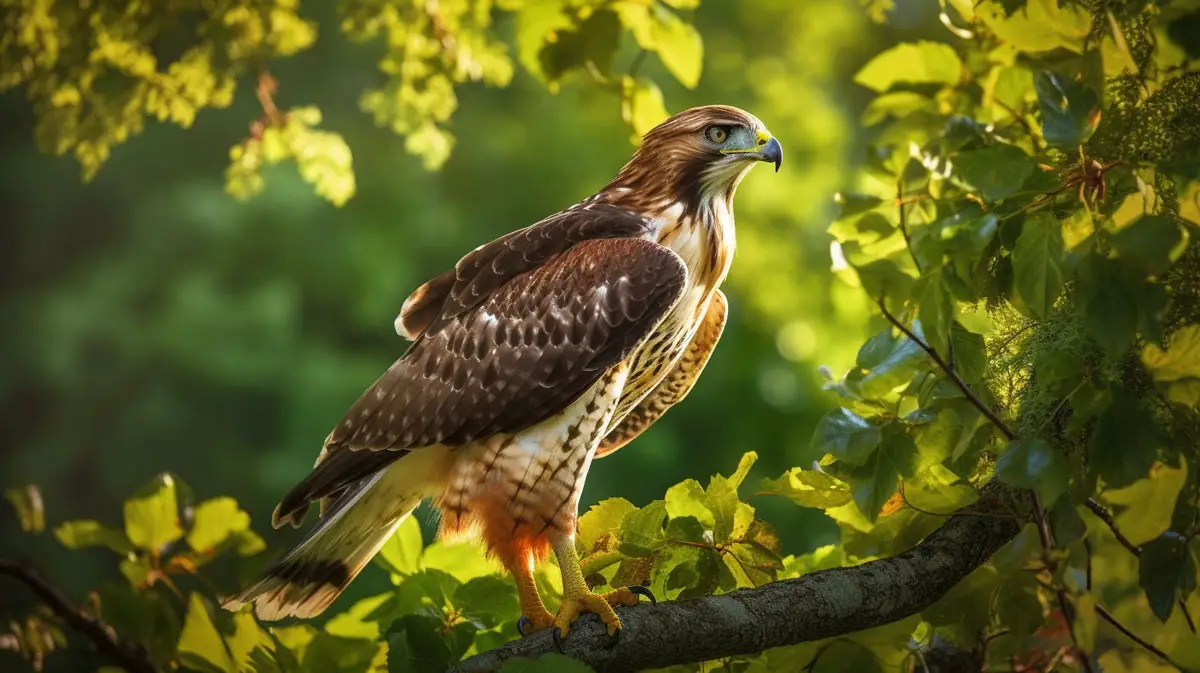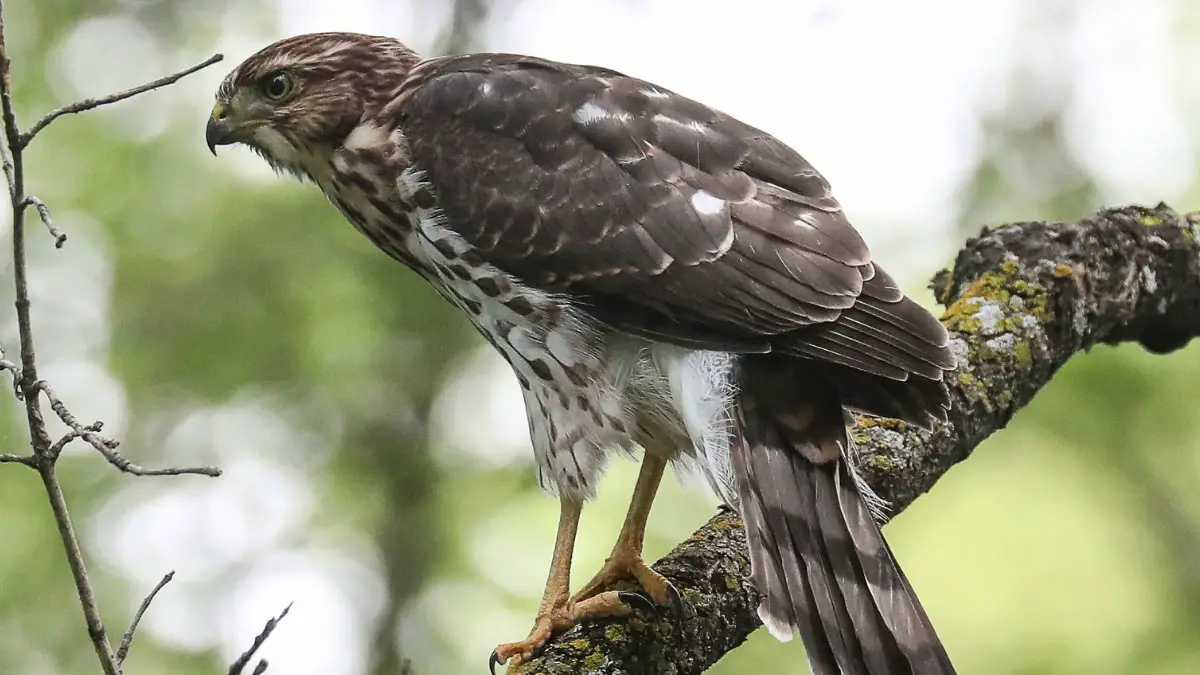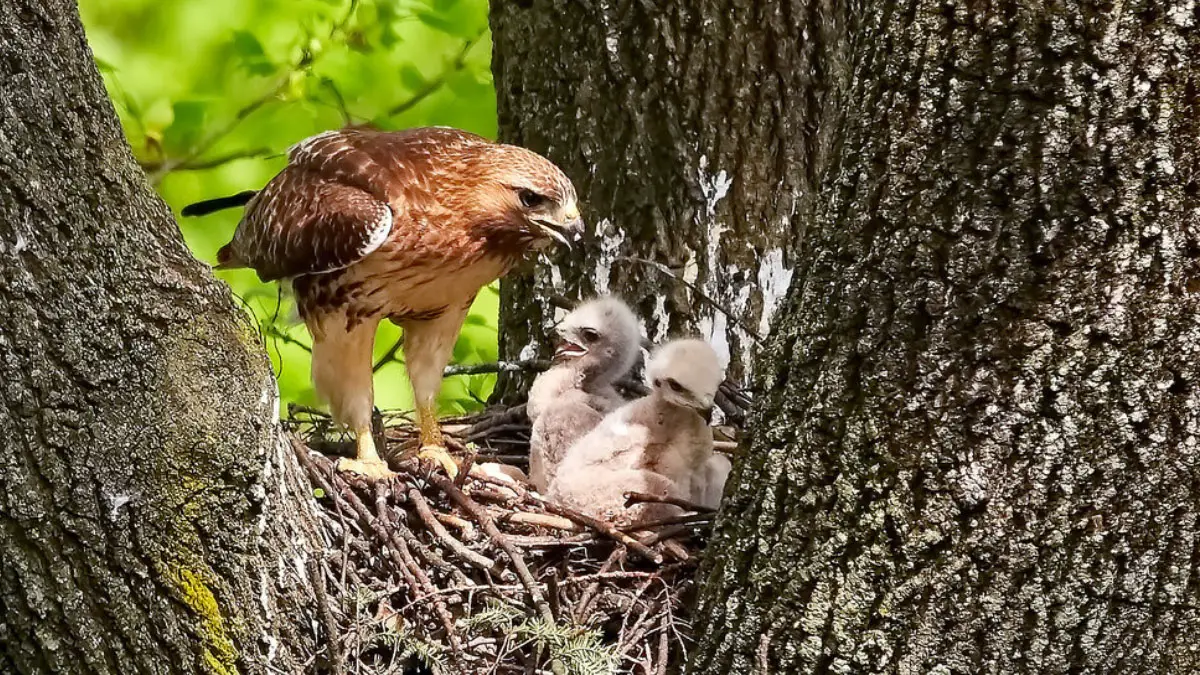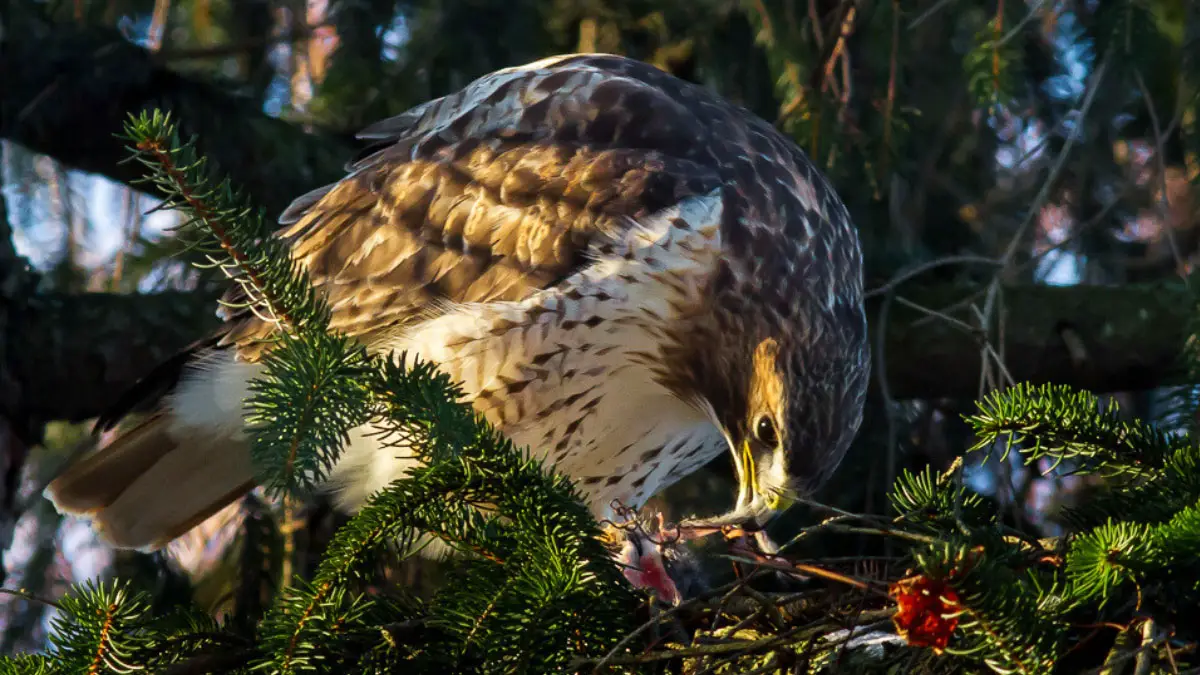Death can come from the high for turtles. Besides predators from water and land, there remain threats in the air. We will give you a complete idea about the prey that hawks usually eat.
So, do hawks eat turtles? Turtles are one of the favorite prey for hawks. Usually, hawks attack turtles with their sharp claws and try to choke or break the neck. After the prey is incapacitated, hawks may fly high and drop the turtle to break the hard shell. And then hawks eat the flesh of turtles.
If you want to know how hawks kill their prey or which hawks eat turtles, keep reading.
Do Hawks Eat Turtles?
Hawks have a hunger for a variety of turtle species. Starting from insects and invertebrates, they will eat lizards, snakes, and even turtle eggs or baby turtles.
As we have already stated above, adult turtles are one of the most common prey of hawks. This opportunistic predator will spread its talon of death on a turtle and attack at an instance to take the poor prey up.
Though it seems a bit difficult to break the turtle shells for hawks or bald eagles, they use different techniques to eat the prey. In the next sections, we are going to elaborate on the techniques hawks use to kill their prey.
Hawks are powerful predators among all bird species. They use their sharp talons and high speed to kill hawksbill turtles or freshwater turtles all of a sudden. Here are the ways a hawk uses to kill its prey.
Using Talons
This method is suitable for soft shell prey like hatchling turtles. Hawks attack from quite a high place with a great speed. As soon as they jump downward, their speed can reach up to 120 mph.
They quickly swoop down on the prey and sink sharp talons into it. Whether the prey is on the land or water, hawks can hold the prey and fly high. Then they drop the prey from a good height to kill the prey and come down to eat it.
Using Beaks
If holding the prey is uncomfortable for a hawk, it can also use its beaks to attack the prey. While their talons will still hold on to the prey, hawks will use their razor-sharp beaks to attack to death.
After killing the prey, hawks use their beaks to eat the flesh of the prey.
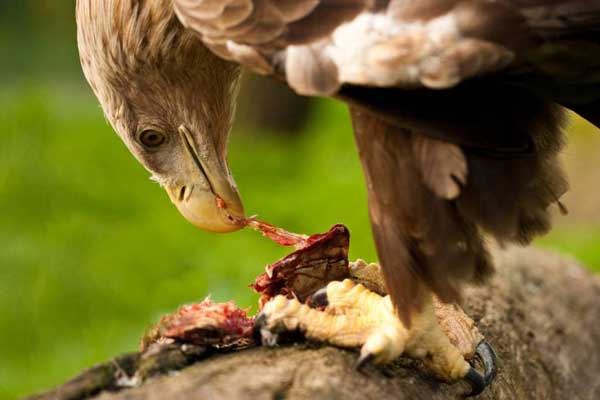
Using Feet to Choke
In some cases, hawks might use their talons to choke the prey. They usually hold the head of the prey with the beak and use talons to grasp the throat. After killing the prey by choking, hawks might use their beaks and talons to eat the flesh.
Using Feet to Break the Neck
This technique is useful for killing turtles. As turtles have a hard shells, it is a bit difficult to sink the talons or injure their bodies. So, hawks normally use their feet to break the neck of turtles.
What Techniques Do Hawks Use to Kill Turtles?
As fine predators, hawks use several techniques to reach their prey without any announcement and kill them in an instant. We will share some of the techniques hawks use to kill hawksbill sea turtles.

Attacking From a Height
These agile birds usually start their attacks from quite a height so that the prey doesn’t have any idea that a predator is coming. Hawks usually sit on high branches of trees beside coral reefs and watch their prey to select the right angle of the action.
Remaining Silent and Limiting Movement
Before an attack, hawks wait silently and limit their body movement to keep from getting caught in the eyes of the green sea turtles. They will sit idle on somewhere and wait patiently for the perfect moment to come.
Using Element of Surprise
When the right time comes, hawks start their attack at an incredible speed. They jump right down at a convenient angle to attack the prey. Due to the fast attack speed, turtles usually don’t notice the presence of the predators until it’s too late. As turtles are slower than other prey, it is a bit easier for hawks to kill turtles.
FAQ
If you still want to know more about how hawks eat turtles, here will be answers to some commonly asked questions. Please take a look.
No, hawks don’t eat their prey alive. They usually kill the prey first and then eat the dead prey. After killing turtles, they will drop the prey from up in the sky to break the shell and rip the flesh apart with their beaks and talons.
As the hard shell of turtles is inedible for hawks, they usually break the shell and eat the flesh inside. Besides the meat, they will eat other organs as long as it is edible.
Hawks have a vision 4 to 5 times better than humans. They easily notice their prey from a great height. And their field of view is a lot greater than humans. Though the eye size of hawks is almost the same as humans, they have a better vision to aid in hunting.
Final Words
As there is confusion about what hawks eat and don’t eat, we tried to answer whether hawks eat turtles. From the discussion, it is evident that hawks usually kill turtles by choking or breaking their necks.
We have also described the techniques hawks use to attack and kill turtles. Attacking with a thundering speed gives hawks the edge over turtles, which is a sight worth seeing. Though turtles are heavy, it isn’t that difficult for hawks to kill and eat them.
Do you want to know if hawks eat lizards or squirrels? Read our articles about it to learn more.
